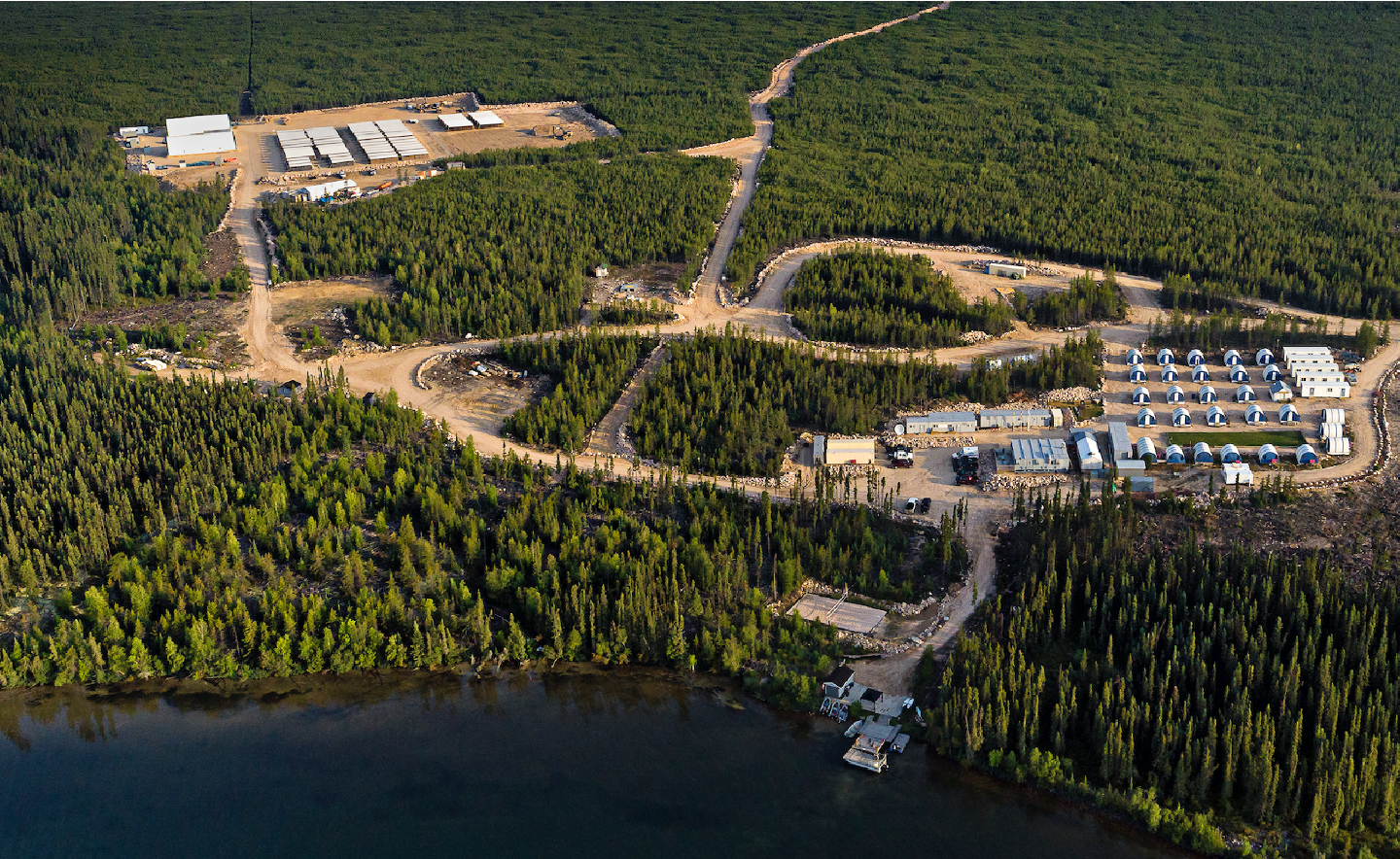Innovate or perish—Deloitte to the mining industry

Innovation and structural changes are necessary to survive the current volatile commodity markets, is the clear message audit and consulting firm Deloitte delivered to the mining industry in its latest report, released Tuesday.
In Tracking the trends 2014, Deloitte uncovers the pressing trends facing the mining industry in the year ahead and offers strategies that companies can employ to adapt to changing industry dynamics.
Jurgen Beier, a national mining practice leader at Deloitte, said in a press release that mining companies need to think in new ways as they face what he calls a “seismic” shift.
“There are a number of proven technologies and things that are out there today that radically change the way ore is extracted and change the way mining occurs (…) We think this is the opportunity to embrace that innovation, to get to that point of sustainability.”
The annual report, which tracks trends in the global mining industry, noted companies are facing record writedowns; rising debt; increased demands from local communities; and hostile government relations.
To make things worse, mines are becoming more remote and harder to build, ore grades are lower and it skilled workers are increasingly difficult to find.
But you can be prepared for what 2014 has in store for the sector, believes Deloitte, as the firm outlines the top 10 issues miners are likely to face next year along with some solutions companies can consider to address them:
1. The cost of contraction: mining productivity hits new lows– Despite commodity price weakness, input and production costs remain stubbornly high. To reduce costs sustainably, miners must improve their overall productivity, strengthen their management and reporting systems, use analytics to uncover their underlying cost drivers, and rationalize their supply chains.
2. Matching supply to demand: market imbalances wreak commodity price havoc– Ongoing global economic weakness and the short-term decline of demand out of China has pushed down commodity prices, resulting in industry performance dips. However, long-term demand indicators remain robust. Rather than mothballing projects, miners should find ways to weather current supply/demand imbalances.
3. The remaking of mining: exploring the innovation imperative– Genuine performance improvement comes only when companies revise their underlying systems. Miners should innovate by adopting technologies to enable mine design and planning, energy supply, as well as adoption of emerging technologies.
4. Finding funding: debt up, deals down, and juniors fight for survival– Weak shareholder returns and industry impairments have shut off equity markets. Traditional lenders also are pulling back from the mining sector. Although major diversified companies responded by issuing bonds, juniors have been hard hit. This may represent an acquisition opportunity for mining companies with large cash holdings.
5. The project pipeline stutters: record impairments call capital allocation practices into question– In response to demands from investors and analysts, mining companies developed massive project pipelines. Investment in marginal projects, however, has led to record asset impairments. To turn the tide, miners need more robust project scoping processes, governance systems, and risk control mechanisms.
6. Power to the people: local community demands ramp up– Social media trends and attention from monitoring and standard-setting bodies put corporate reputations and market valuations at risk. Miners should take a nuanced approach to stakeholder relations, including developing local supply bases, improving communications, sharing infrastructure among various economic clusters, and sourcing local labor.
7. Resource nationalism spreads: government relations marked by rising hostility- Governments demand contributions from the mining sector in the form of taxes, royalties, and other concessions. Mining companies must improve government relations and governments need to foster greater regulatory stability. Miners should open a dialogue by forming policy development lobbies, coordinate local infrastructure projects, engage citizens, and negotiate with all levels of government.
8. Crackdown on corruption: a zero tolerance regulatory environment complicates compliance –To improve compliance, mining companies should adopt appropriate internal controls and policies, engage in compliance audits and risk assessments, and upgrade their systems to support sufficient reporting detail.
9. Changing the safety equation: the change of mining culture from zero harm to zero fatalities-Fatalities in the mining industry remain high. Mining companies need a more sophisticated approach to safety analytics. Companies should model high-risk events, re-examine their workplace practices and break down the data silos that prevent them from accurately identifying safety incident patterns.
10. A dearth of skills: the talent gap slinks into executive suites– Talent shortages remain an issue in the mining industry, even in executive positions, and will widen as the workforce ages. Closing the gap requires the adoption of new talent management strategies. Miners should standardize systems, embrace new training environments, and take the steps necessary to attract both skilled management and sector-savvy directors.
Image by Stokkete/Shutterstock.com
{{ commodity.name }}
{{ post.title }}
{{ post.date }}

2 Comments
Rod
Deloitte has missed the boat… #1 problem with the mining sector is there are too many MBAs in the industry. #2 problem, exploration geologists and critical personnel do not demand an equity interest in the outcome of success. #3 problem is the mining companies are letting JP Morgan bank and other government-affiliated entities run them into the ground. If the mining companies held back sale of their production for three or four months months, they could win BIG. The prices would rise in the mad scramble for product, they could sell forward their future production at higher rates, and then purchase put options on the higher priced metals – just the opposite of what JP Morgan does.
frankinca
What a sales (or snow) job! The Deloitte office bound consultants have all the answers to the unwise mining industry. They should open a mine and practice what they preach prior to preaching from a pulpit of inexperience. Bah! Humbug! If JP Morgan wasn’t an arm of the Fed, mining would be a market driven industry, but for now, no such thing.